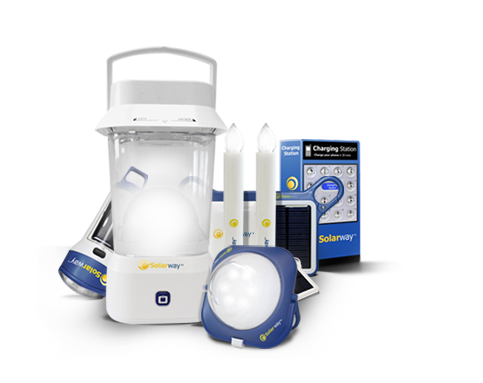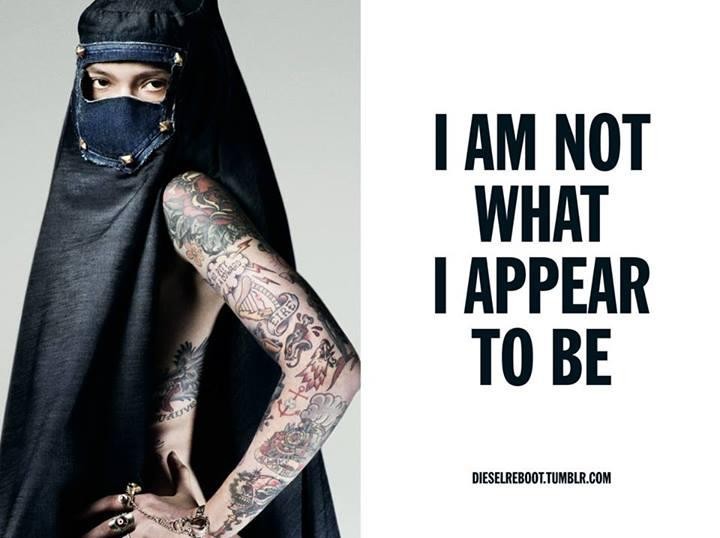Seth Godin: “When should we add marketing?”
Seth‘s got lots of insights. I want to comment on one of his blog posts, “When should we add marketing?”. He identifies two eras in marketing; the first being when marketing was all about telling the world “We’ve made a product; come check it out” and the other being when marketing is the product itself and the conversation that builds around it. He also raises the issue of whether marketing can help a product that doesn’t quite cut it for the people it targets, and that’s the focus of my post.
Although good marketing can sustain a product that’s not doing very well in the market, it will do so for a short period of time; in the long-term, the said product will likely not pass the test of time and increasing competitive pressure. That’s why I think it is so important to get it right at the product level before considering other aspects of a marketing mix. Similarly, innovation (read: research and development) will keep a company up and running lucratively even in the presence of external shocks. What are companies like Google doing so well at? They’re innovating away; and the other components of their marketing mix support their products to make them stand out in their industry.


